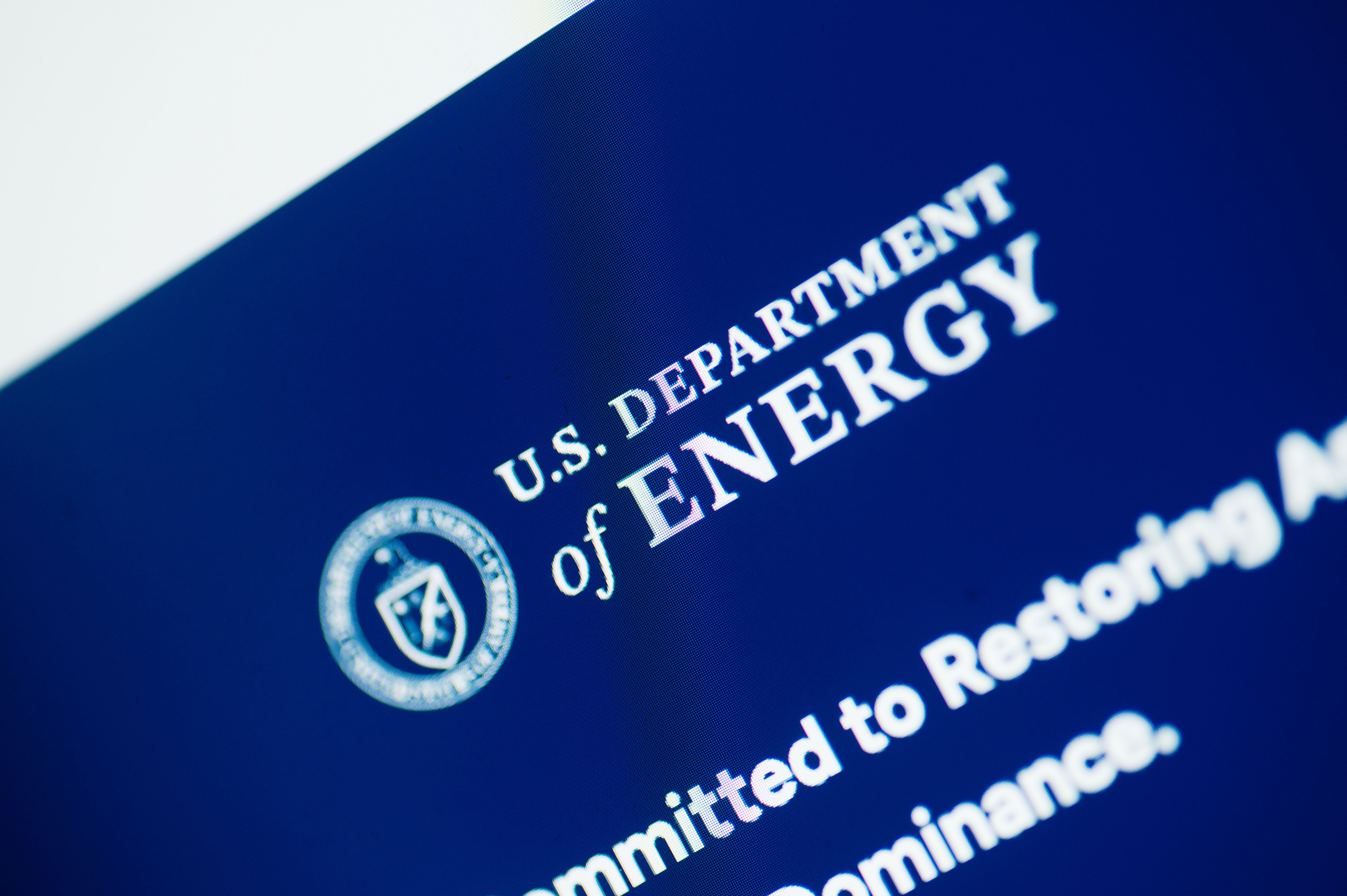- Services
- Data-Driven Environmental Insights
- Comprehensive Energy Audits
- Sustainable Manufacturing Solutions
- Renewable Energy Consulting
- Sustainable Energy Solutions
- Renewable Energy
- HVAC Energy
- Home Self Sufficient Energy
- Water Saving Tech
- Food Waste Energy
- Farm Energy
- Home Exterior Energy
- Flooring Energy
- Roofing Energy
- FAQ
- About
- Contact
- Shop
- Blog
Navigating Clean Energy Regulations in Utah
Understanding the Regulatory Landscape
Navigating clean energy regulations in Utah can be a complex endeavor, given the myriad state and federal guidelines. Utah's regulatory framework is designed to support sustainable growth while balancing environmental concerns. As clean energy initiatives gain momentum, understanding these regulations becomes increasingly crucial for businesses and individuals alike.
Utah is committed to reducing its carbon footprint, and this is evident in its comprehensive regulatory approach. The state has implemented several policies aimed at promoting renewable energy sources such as solar, wind, and geothermal power.

State-Level Initiatives
At the state level, Utah has introduced incentives to encourage the adoption of clean energy technologies. These initiatives include tax credits, grants, and rebates for both residential and commercial installations. The Renewable Energy Systems Tax Credit, for example, offers significant financial benefits for solar and wind projects.
Additionally, Utah's net metering policy allows homeowners and businesses to receive credits for excess energy generated by their renewable systems. This not only helps reduce energy costs but also contributes to the state's overall energy efficiency goals.
Federal Regulations and Their Impact
Alongside state policies, federal regulations play a significant role in shaping Utah's clean energy landscape. The Investment Tax Credit (ITC) is a key federal incentive that supports the deployment of solar energy. This credit has been instrumental in driving solar adoption across the nation, including Utah.

Furthermore, the Clean Power Plan, though currently stayed, has influenced state policies by setting carbon emission reduction targets. Utah's response has been to invest in cleaner, more efficient energy sources, aligning with federal objectives.
Challenges and Opportunities
Despite the progress, navigating these regulations presents challenges. Regulatory compliance can be daunting, particularly for small businesses and startups. Understanding the nuances of tax incentives and meeting compliance standards requires considerable effort and expertise.
However, these challenges also present opportunities. By staying informed and proactive, businesses can leverage available incentives to reduce costs and invest in sustainable energy solutions. Engaging with industry experts and consultants can provide valuable insights and guidance.

Future Outlook
Looking ahead, Utah's clean energy sector is poised for growth. As technology advances and costs decrease, renewable energy sources will become more accessible. The state's commitment to sustainability and clean energy innovation will likely lead to further regulatory developments.
Businesses and consumers who stay informed and adapt to these changes will be well-positioned to thrive in Utah's evolving energy landscape. Embracing clean energy not only contributes to environmental preservation but also offers economic and social benefits.
Conclusion
In conclusion, understanding and navigating clean energy regulations in Utah requires a thorough grasp of both state and federal policies. While challenges exist, the opportunities for growth and innovation in the clean energy sector are substantial. By leveraging available resources and incentives, stakeholders can contribute to a sustainable future while reaping the benefits of clean energy adoption.